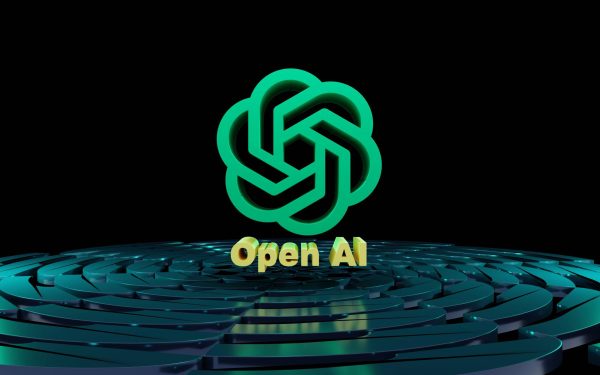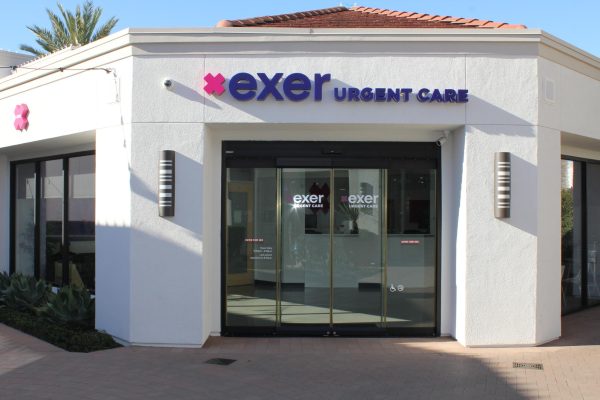Don’t Get a Mac, Yet.
October 27, 2020
Apple held their yearly Worldwide Developers Conference (WWDC) in the summer of this year. They announced their next version of iOS, which should be on your iPhone by now, as well as WatchOS 7 and MacOS 11. (They also announced tvOS 14 but who cares about the Apple TV). Sounds great! So why am I telling you to hold off on buying any of Apple’s computers?
The rise of RISC in mobile devices
I’ll get to that, but let’s get some history out of the way first. Modern day desktops and laptop run processors that are of Complex Instruction Set Computing (CISC) architecture. This was initially seen as a benefit, as this architecture was easier for programmers to write, and used comparatively less random access memory (RAM), which was very expensive back in the day. However, when very small computing devices such as smartphones and tablets came around, the need for a highly power efficient architecture was greater than a need for low memory usage, so the architecture of choice for mobile devices became Reduced Instruction Set Computing (RISC). Today, every relevant smartphone has an ARM (subset of RISC)-powered system on chip, or SoC.

Apple’s transition to Apple Silicon
Apple has been putting custom SoCs in their devices since the first iPhone, and thus have lots of experience building powerful but efficient processors. Advanced RISC Machines (ARM) provide Apple the flexibility they need to customize the chip to their liking. Apple’s A series chips have always been neck and neck with Qualcomm SoCs found in Android phones in terms of horsepower, and even considerably ahead in terms of graphics performance. Due to this top position, coupled with Apple’s drive to integrate their products as much as possible and have full control over the hardware-software stack, many in the tech community had been speculating that it was only a matter of time before Apple put their own processors in their Mac desktops and laptops. That announcement came at WWDC 2020.
So Macs are going to get faster. What’s the catch?
There’s a reason that something that seems simple like an architecture shift is being treated as big news by Apple and the press. Apps compiled for x86 (the CISC architecture that nearly all modern desktop and laptop processors run on) don’t run natively on different architectures. They need to be rewritten and recompiled to a degree. MacOS 11 will be able to translate non-native apps at install time, but this process hurts performance and efficiency. If enough apps don’t get natively recompiled for Apple Silicon, the transition will hit a snag. Though I personally think it’ll go fine. Apple has performed this transition before, and with the two year window they’re giving themselves, I think this is going to be a smooth ride.
So you’ve taken all this time to tell me how Macs are getting better. Why shouldn’t I get one?
The Macs still being sold today are all x86 based, and even though Apple says they’re going to support these Macs for years to come, it’s obvious that once they move on to Apple Silicon Macs, most new features will run best on Apple’s proprietary SoCs, not to mention faster and with much better battery life. Wait. Wait for the new iMac or MacBook or Mac Mini or whatever you want to buy until Apple puts their new SoCs in them. If you buy now, you’ll regret it later. Macs are about to get much better. Don’t jump on the last slow train to leave the station.














